When selecting trees for your garden, the foundation for long-term success lies beneath the surface: the root system. Healthy roots are essential for ensuring trees thrive, providing the strength and nutrients needed to establish themselves, grow robustly, and withstand environmental challenges. Root health is critical for those investing in trees to create beautiful, long-lasting landscapes.
Choosing quality trees with strong, well-developed roots can make all the difference. This guide will help you identify what to look for when selecting trees and introduce you to three exceptional species: Pyrus calleryana 'Chanticleer', Acer rubrum 'Autumn Red', and Cupressus leylandii 'Better Green'. These trees exhibit excellent growth and aesthetic value and have strong root systems that ensure long-term health.
Why Root Health Matters
A tree’s roots serve several essential functions:
- They anchor the tree, providing stability and preventing it from toppling during strong winds.
- Roots absorb water and nutrients from the soil, ensuring the tree receives the sustenance it needs to grow.
- A healthy root system allows a tree to adapt to environmental changes, such as varying water levels or soil conditions.
Even the most visually appealing trees may struggle to survive without a strong and healthy root system. Therefore, selecting trees with established, vigorous root systems is crucial for creating a garden that will flourish for decades.
Tips for Selecting Trees with Strong Root Systems
When you’re investing in trees for your high-end garden, here are a few key factors to consider to ensure you’re choosing trees with healthy roots:
- Inspect the roots (if possible): Check for signs of healthy roots. Look for white or light-colored roots, and avoid trees with circling roots, which can lead to root girdling and stunt growth.
- Check the container size: A tree that is too large for its container might have root problems, while one that's too small could have underdeveloped roots.
- Buy from reputable nurseries: Trustworthy suppliers ensure their trees are grown optimally, providing the right soil and space for roots to develop properly.
- Opt for younger trees: Younger trees adapt more easily to new environments and establish their roots quicker than larger, more mature trees.
Now that you know how important root health is, let’s explore three exceptional trees offering aesthetic appeal and strong, healthy root systems.
Pyrus calleryana 'Chanticleer'
The Pyrus calleryana 'Chanticleer' is a stunning deciduous tree renowned for its adaptability and resilience. This ornamental pear tree is a favorite for urban landscapes and high-end gardens due to its narrow, upright form and spectacular display of white blossoms in the spring. 'Chanticleer' is ideal for those looking to add year-round interest to their garden, as it features vibrant autumn foliage in shades of orange and red.
Key Facts:
- Mature Height: 8-12 meters
- Mature Width: 3-4 meters
- Best Uses: Feature tree, screening tree, or avenue planting
- Leaf Appearance: Glossy green leaves that turn brilliant shades of red and orange in autumn
- Rate of Growth: Moderate to fast
- Tolerates: Pollution, drought, and poor soil conditions

Why 'Chanticleer' is Perfect for Your Garden
The Pyrus calleryana 'Chanticleer' is a fantastic choice for those seeking a resilient, adaptable tree with a strong root system. It’s particularly well-suited for urban environments or gardens where air quality and soil conditions might not be ideal. With its strong roots, this tree adapts well to various soil types, ensuring longevity and stability even in challenging environments. Its stunning seasonal changes make it a striking feature tree for any luxury garden.
Acer rubrum 'Autumn Red'
The Acer rubrum 'Autumn Red', also known as the Red Maple, is celebrated for its vibrant red foliage that dazzles in autumn. This deciduous tree symbolizes seasonal beauty and is ideal for those who want to enjoy a spectacular autumn display each year. It provides a stunning aesthetic, and its root system is exceptionally strong, making it an excellent long-term investment for your garden.
Key Facts:
- Mature Height: 10-15 meters
- Mature Width: 6-8 meters
- Best Uses: Feature tree, shade tree
- Leaf Appearance: Deep green leaves that turn vivid red in autumn
- Rate of Growth: Fast
- Tolerates: Moist, well-drained soils, drought conditions

Why 'Autumn Red' is Perfect for Your Garden
The Acer rubrum 'Autumn Red' is known for its ability to thrive in various conditions, including areas with high moisture or occasional drought. Its vigorous and adaptable root system provides the stability needed for a large feature tree. This tree is a must-have if you want to make a statement in your garden with bold autumn colors. Its strong root system ensures it will thrive in residential and commercial settings, offering beauty and shade for generations.
Cupressus leylandii 'Better Green'
The Cupressus leylandii 'Better Green' is an exceptional choice for those looking for a fast-growing privacy screen or windbreak. This evergreen conifer is known for its dense, lush foliage and rapid growth, reaching impressive heights in a relatively short time. The 'Better Green' variety is especially notable for its resistance to canker, a disease that can affect the health of other Leyland Cypress varieties.
Key Facts:
- Mature Height: 12-15 meters
- Mature Width: 3-4 meters
- Best Uses: Screening tree, windbreak, privacy hedge
- Leaf Appearance: Dense, rich green foliage year-round
- Rate of Growth: Fast
- Tolerates Wind, poor soils, urban pollution

Why 'Better Green' is Perfect for Your Garden
The Cupressus leylandii 'Better Green' combines beauty, functionality, and resilience. With a root system that supports rapid growth, this tree quickly establishes itself as a formidable screen or hedge, providing privacy and wind protection. Its canker-resistant roots ensure the long-term health and vigor of the tree, making it an ideal choice for those who want low-maintenance, high-performing trees in their garden.
FAQ: Ensuring Long-Term Tree Health
How can I tell if a tree has healthy roots?
Healthy roots are generally white or light-colored. When purchasing a tree in a container, avoid plants with visible circling roots, as this can indicate root girdling, which can stunt growth and lead to health issues.
What is the best time of year to plant trees for optimal root establishment?
Autumn and spring are typically the best seasons for planting trees. The milder temperatures and increased moisture help new trees establish their root systems before the stresses of summer or winter.
How can I support root health after planting?
Watering deeply and regularly in the first few months after planting is crucial for root establishment. Mulching around the tree's base can also help retain moisture and protect the roots.
conclusion
Selecting trees with strong, healthy root systems is essential for creating a vibrant, long-lasting garden. Trees like the Pyrus calleryana 'Chanticleer', Acer rubrum 'Autumn Red', and Cupressus leylandii 'Better Green' offer aesthetic value and resilience, ensuring they will thrive in your garden for years to come. By focusing on root health, you're making a wise investment in your landscape's long-term success and beauty.












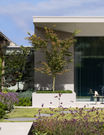

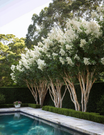





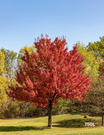


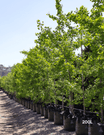










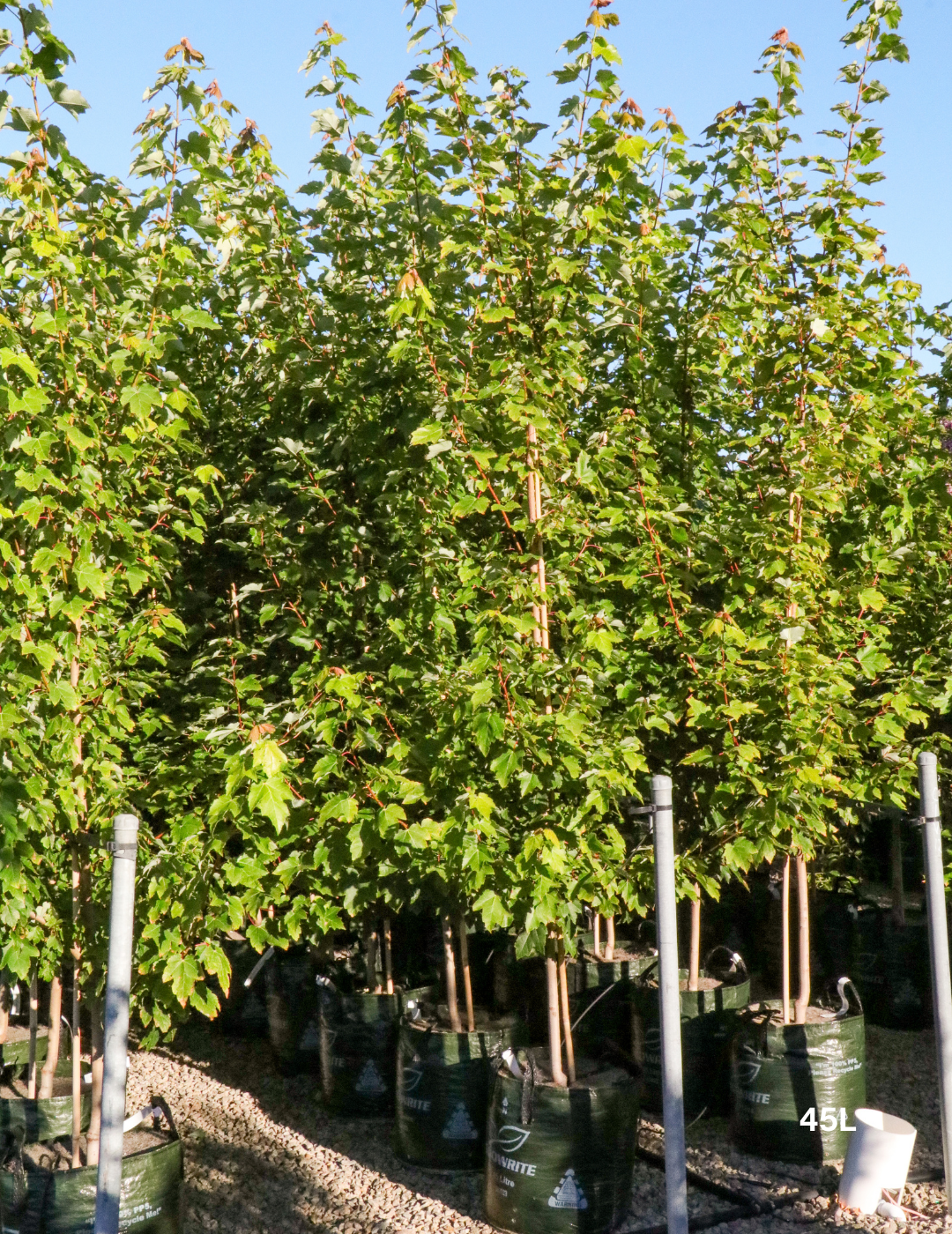
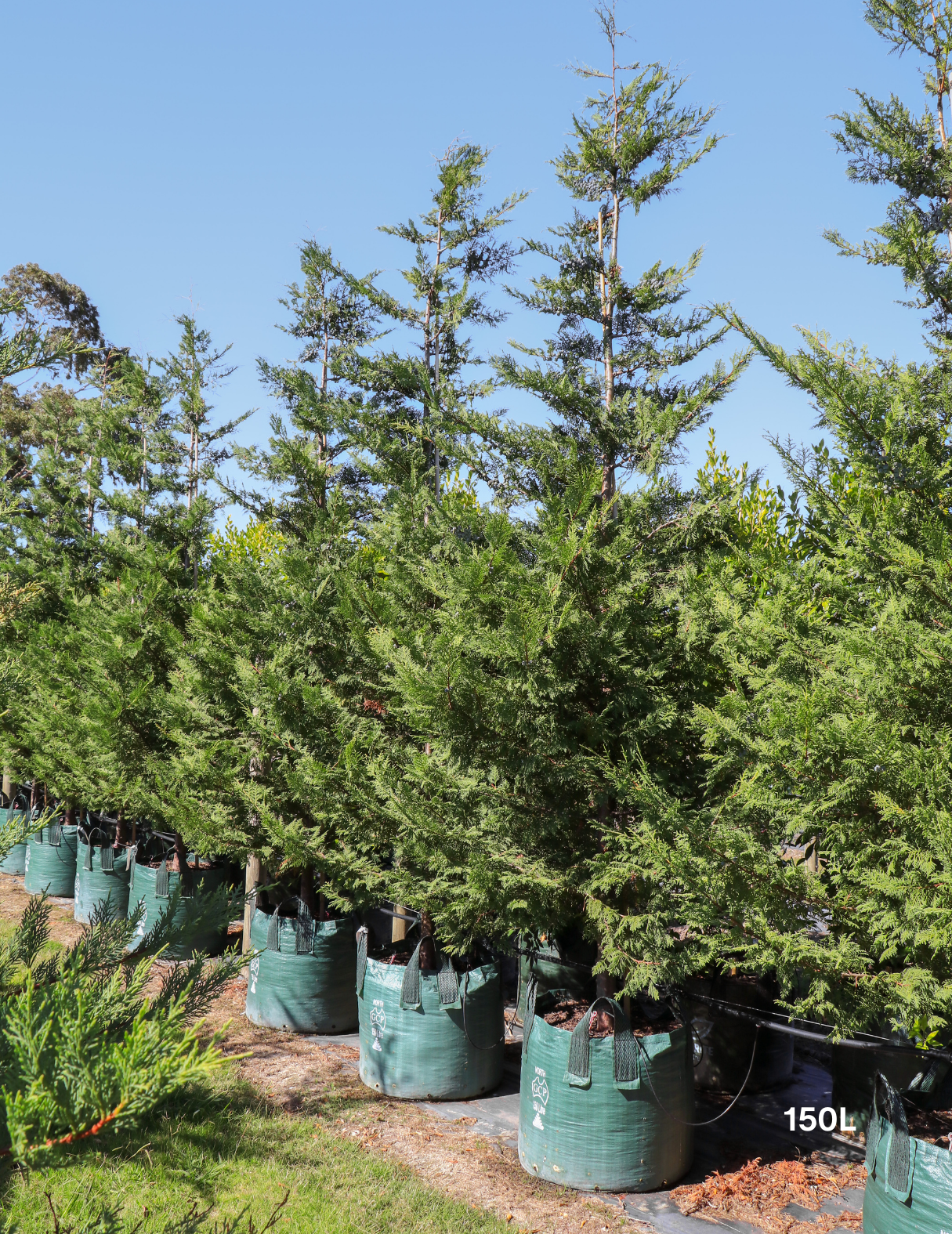

Leave a comment
This site is protected by hCaptcha and the hCaptcha Privacy Policy and Terms of Service apply.